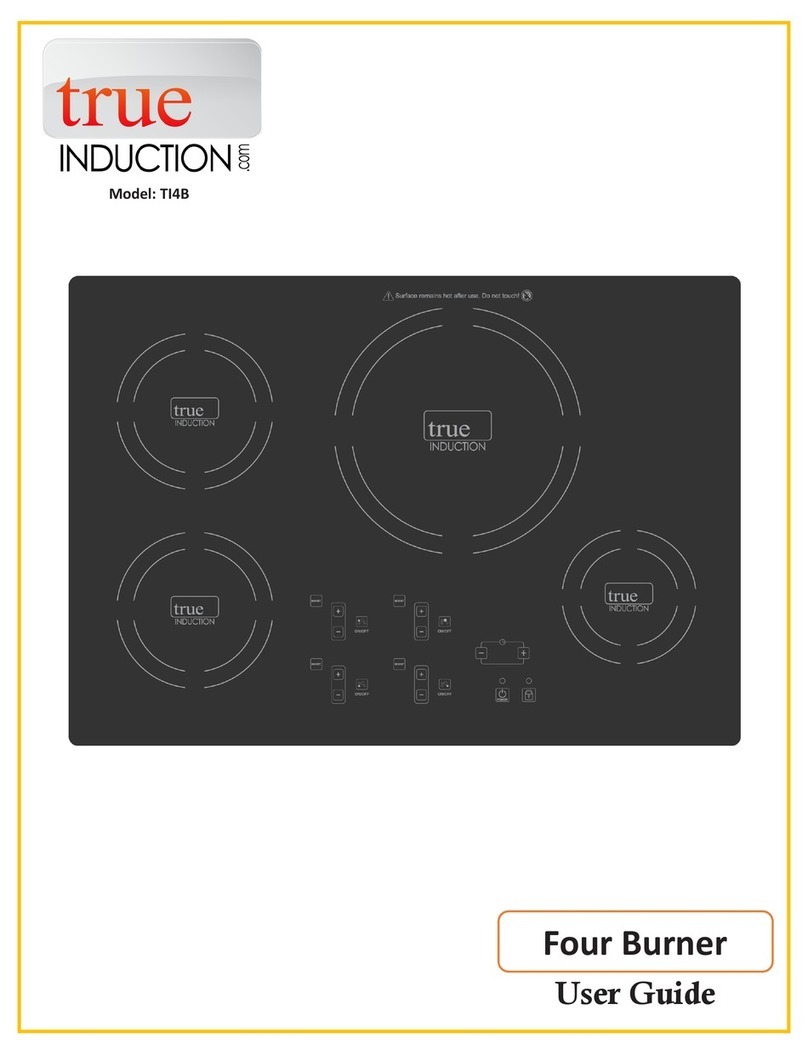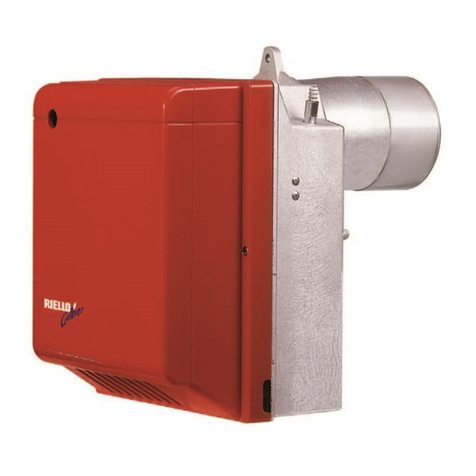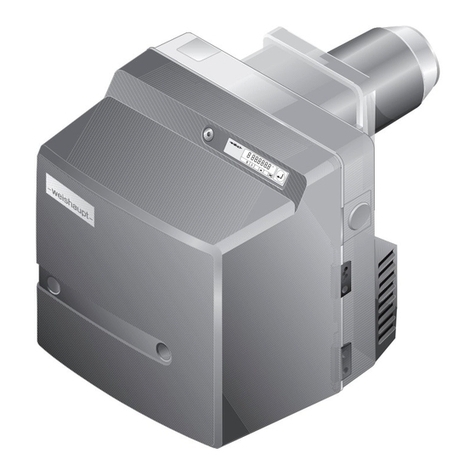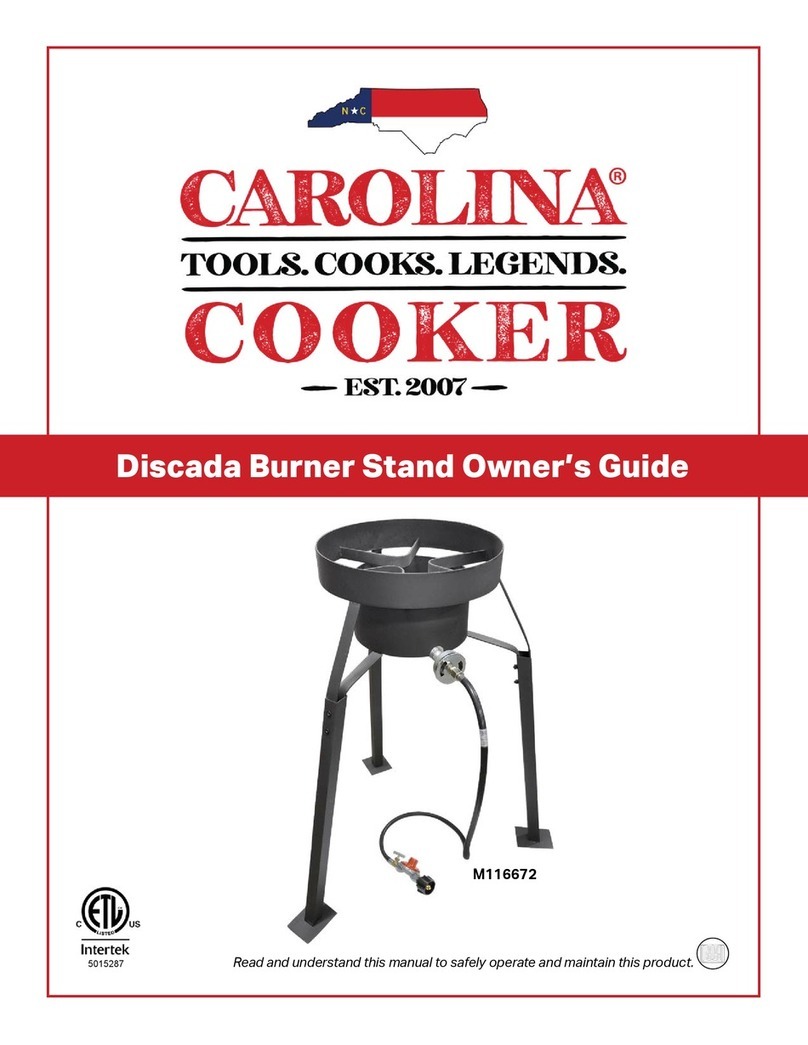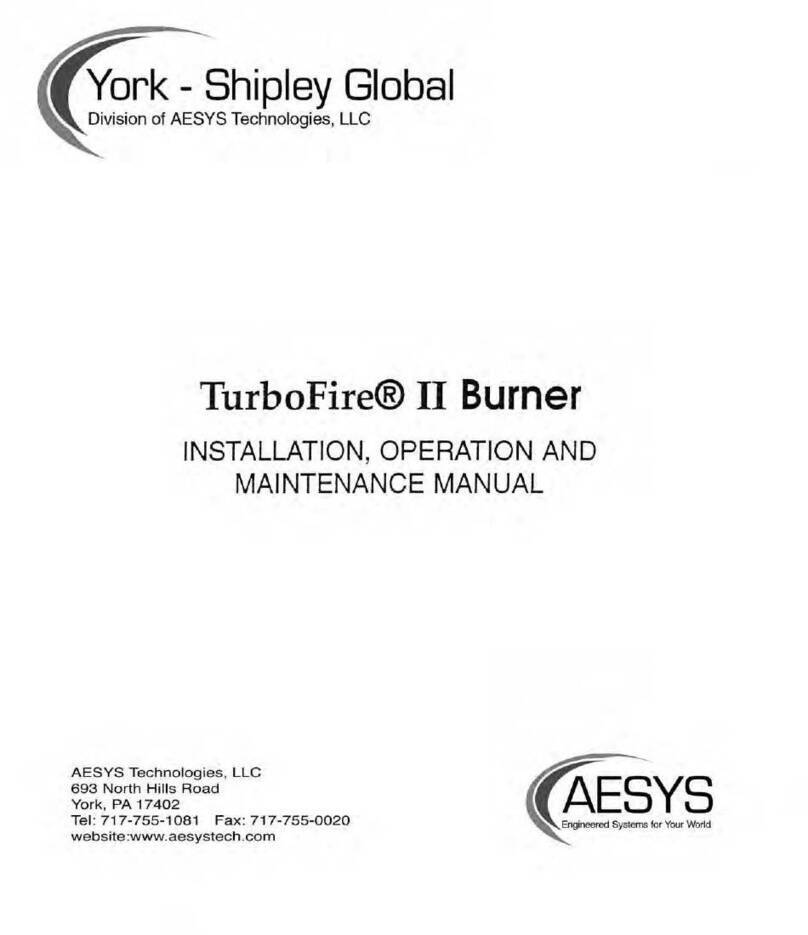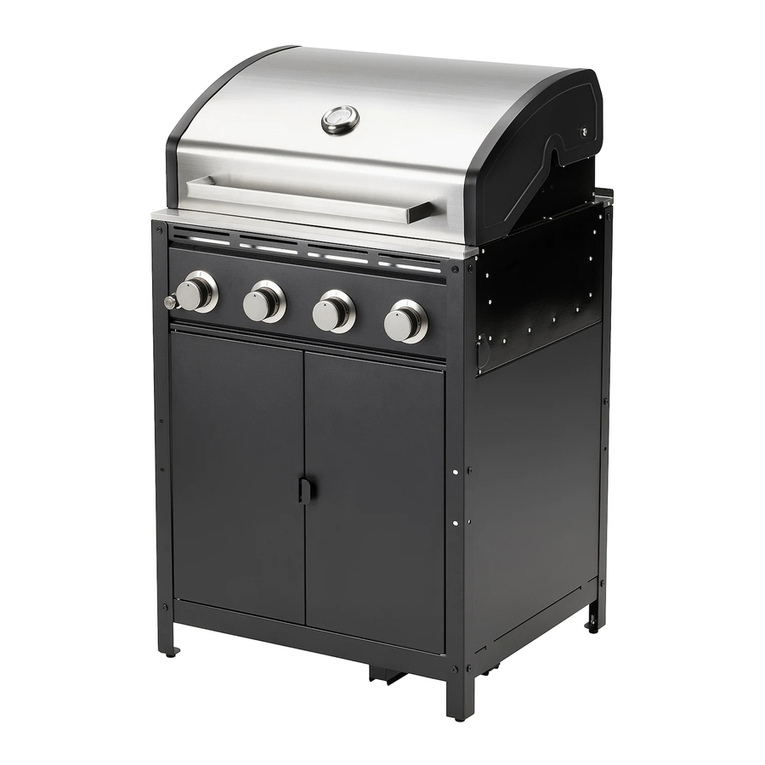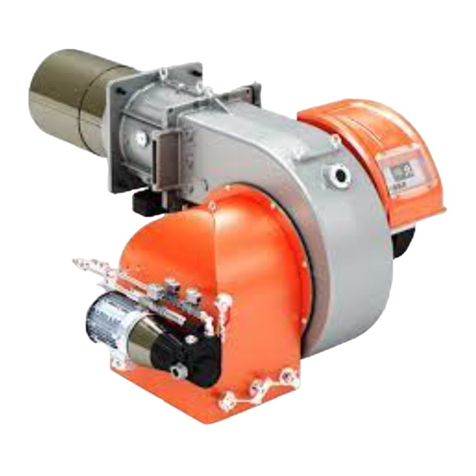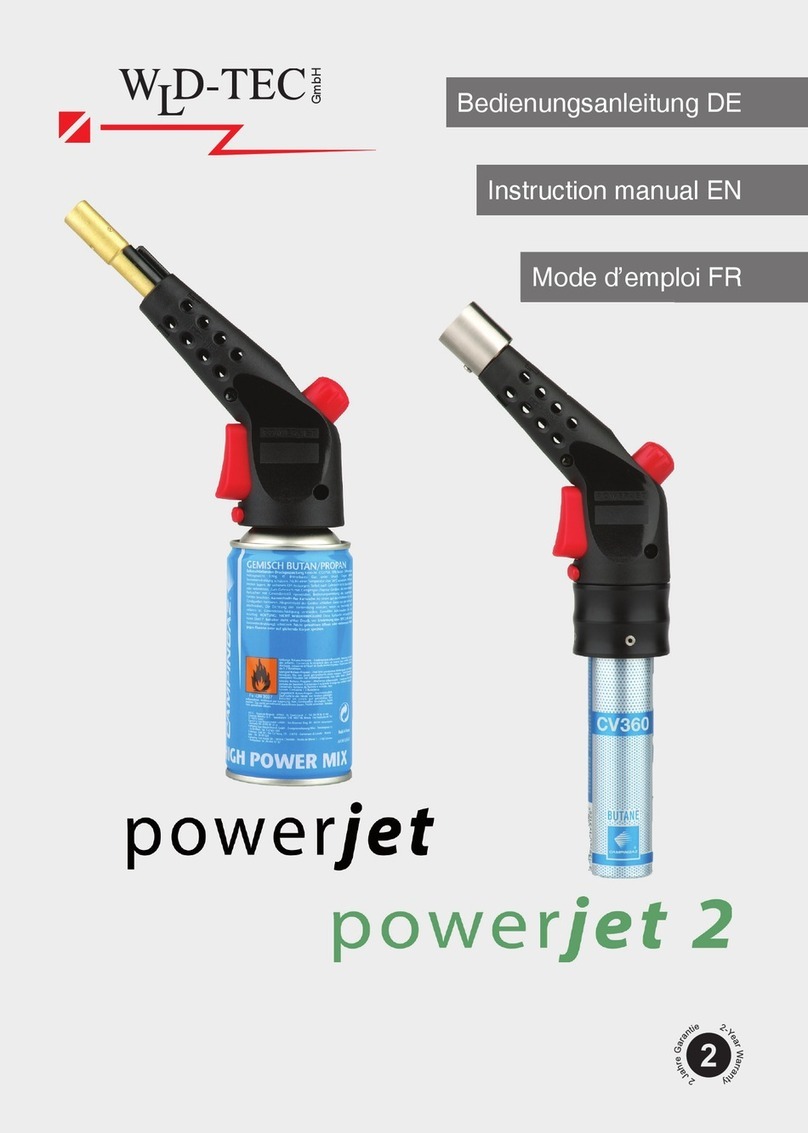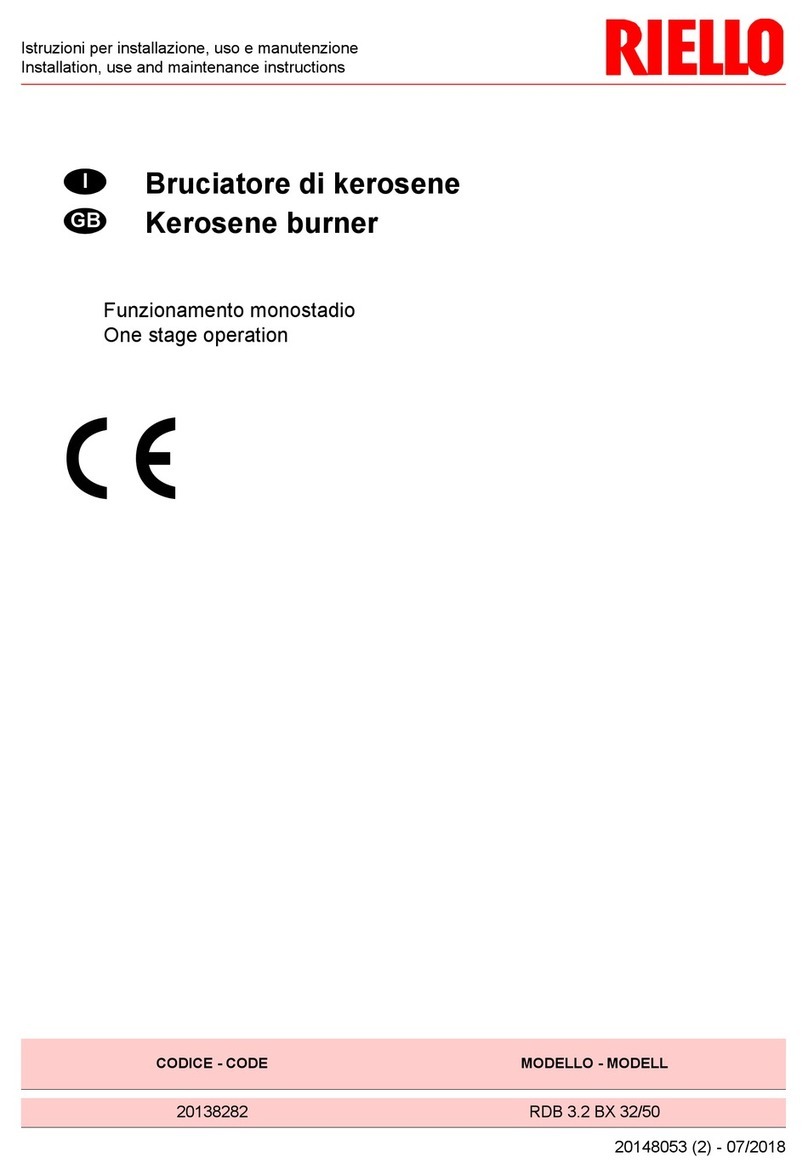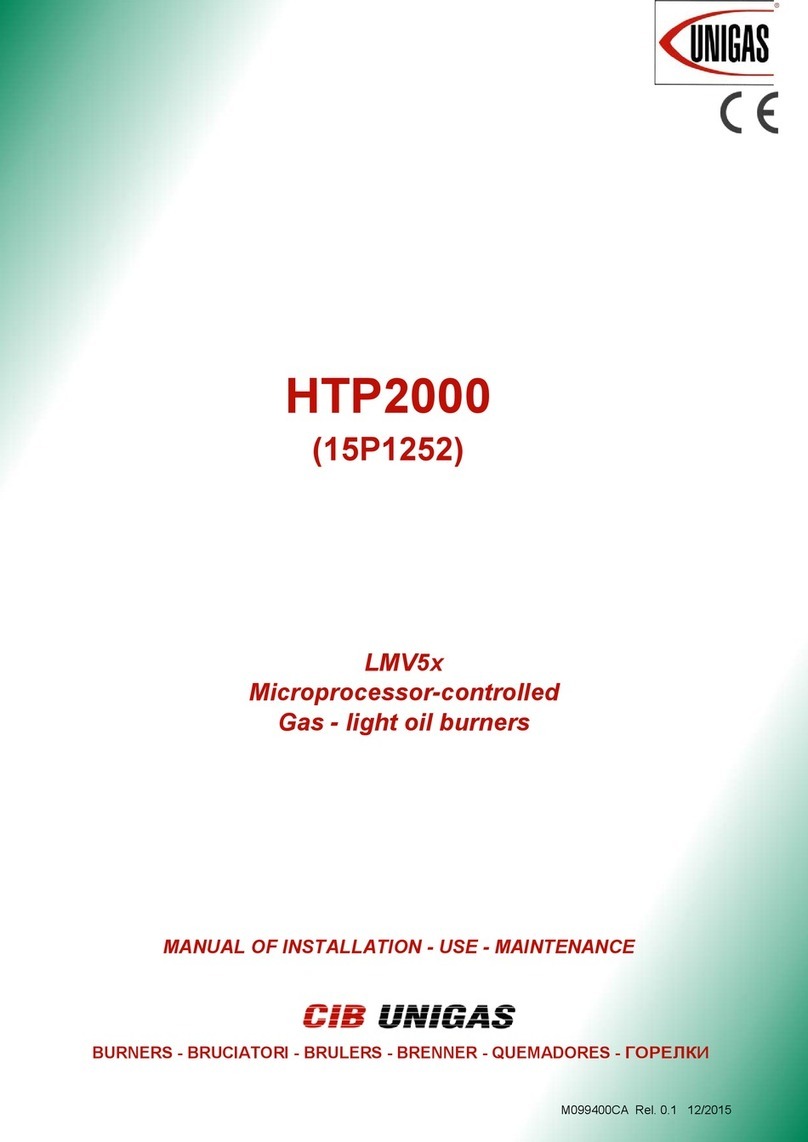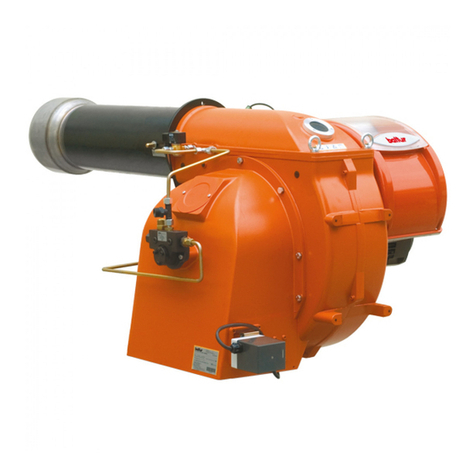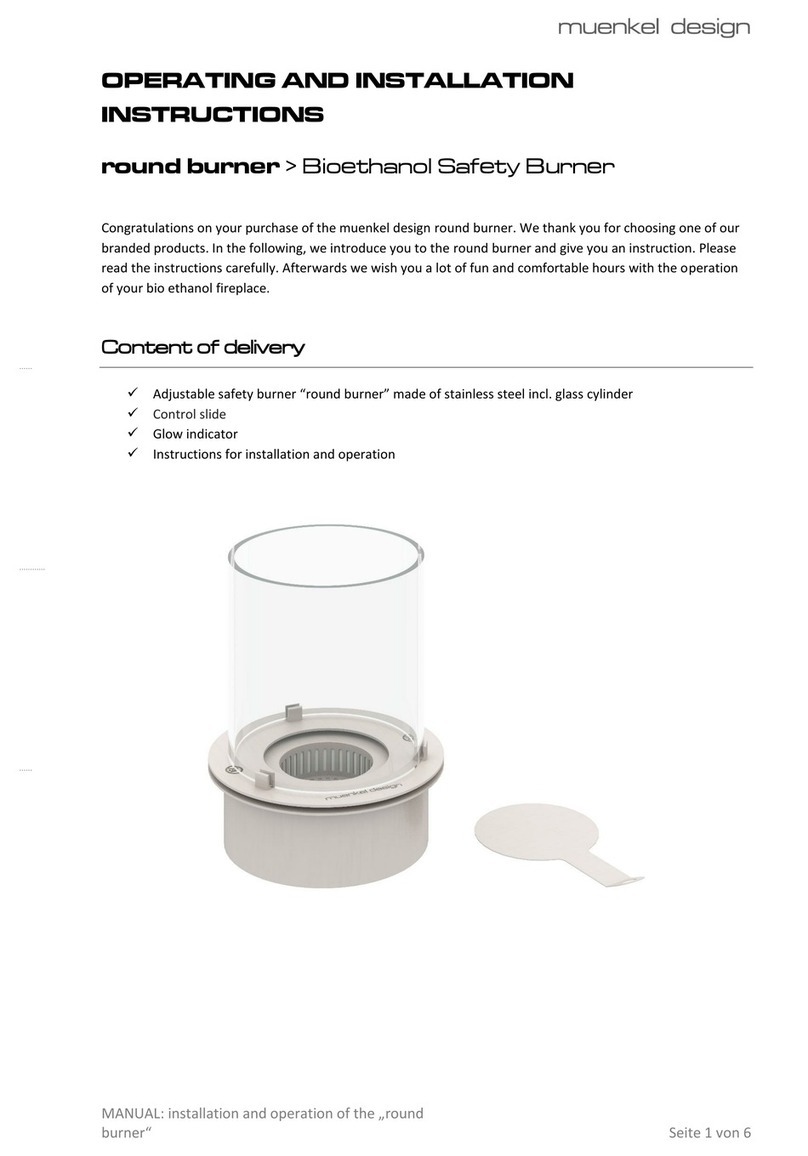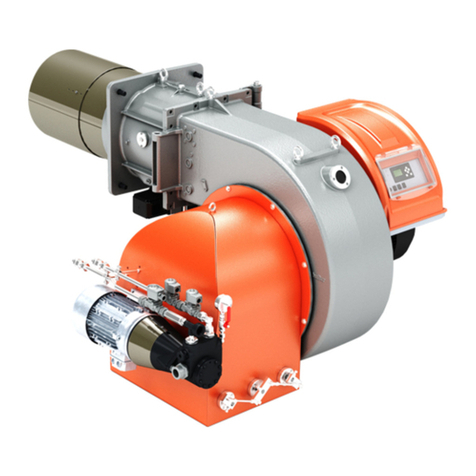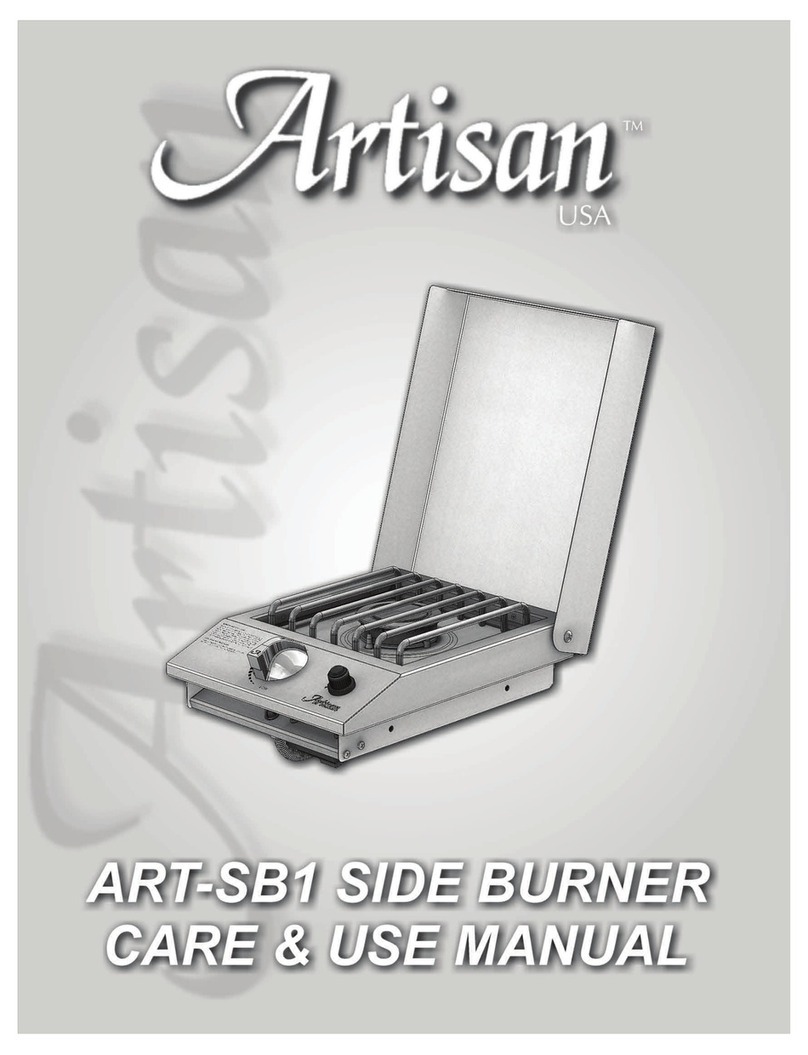JINCHW09 Rev A 12/05/14
General Guidance
It is important that your stove is correctly
installed as Parkray Ltd cannot accept
responsibility for any fault arising through
incorrect use or installation.
These instructions cover the basic principles to
ensure satisfactory installation of the stove,
although detail may need slight modification to
suit particular local site conditions.
The installation must comply with current Building
Regulations, national and European standards,
Local Authority byelaws and other specifications
or regulations as they affect the installation of the
stove.
The Building Regulations requirements may also
be met by adopting the relevant
recommendations in the current issues of British
Standards BS 8303 and BS EN 15287-1.
COMPETENT PERSONS SCHEME
Parkray Ltd recommend that this stove is installed
by a member of an accredited competent persons
scheme e.g. HETAS.
If the installer is not a member of a competent
persons scheme, it is a legal requirement to notify
your local building control body in advance of any
work starting.
CO ALARMS
Building regulations require that whenever a new
or replacement fixed solid fuel or wood/biomass
appliance is installed in a dwelling, a carbon
monoxide alarm must be fitted in the same room
as the appliance.
Further guidance on the installation of the carbon
monoxide alarm is available in BS EN 50292:2002
and from the alarm manufacturer’s instructions.
Provision of an alarm must not be considered a
substitute for either installing the appliance
correctly or ensuring regular servicing and
maintenance of the appliance and chimney
system.
HEALTH AND SAFETY PRECAUTIONS
Special care must be taken when installing the
stove such that the requirements of the Health
and Safety at Work Act are met.
HANDLING
Adequate facilities must be available for loading,
unloading and site handling.
FIRE CEMENT
Some types of fire cement are caustic and should
not be allowed to come into contact with the skin.
In case of contact, wash immediately with plenty
of water.
ASBESTOS
This stove contains no asbestos. If there is a
possibility of disturbing any asbestos in the course
of installation then please seek specialist guidance
and use appropriate protective equipment.
METAL PARTS
When installing or servicing this stove, care should
be taken to avoid the possibility of personal injury.
MODIFICATION
No unauthorized modification of this appliance
should be carried out.
Safety
WARNING –This appliance will be hot when in
operation and due care should be taken. The
supplied gloves may be used to open the door
and operate the air controls.
AEROSOLS
Do not use an aerosol spray on or near the stove
when it is alight.
FIREGUARDS
Always use a fireguard in the presence of children,
the elderly or the infirm. The fireguard should be
manufactured in accordance with BS8423 –
Fireguards for use with solid fuel appliances.
DO NOT OVER-FIRE
It is possible to fire the stove beyond its design
capacity. This could damage the stove so watch
for signs of over-firing. If any part of the stove
starts to glow red, the stove is in an over-fire
situation and the controls should be adjusted
accordingly. Never leave the stove unattended for


